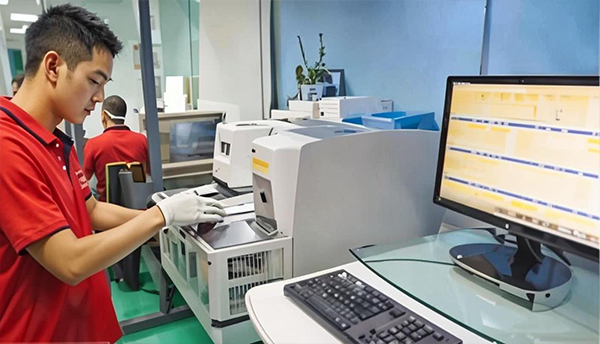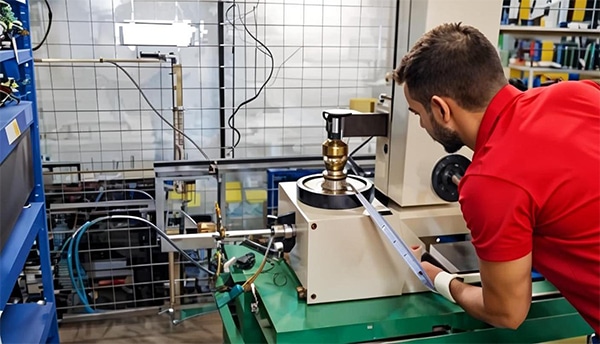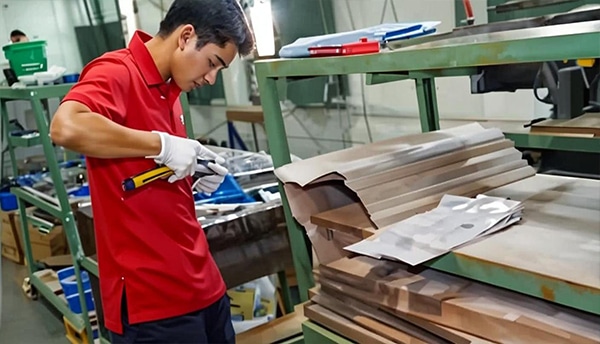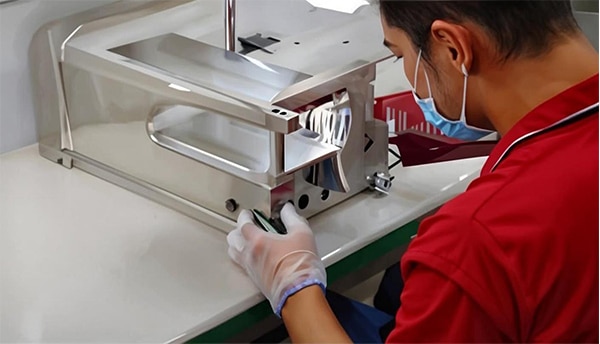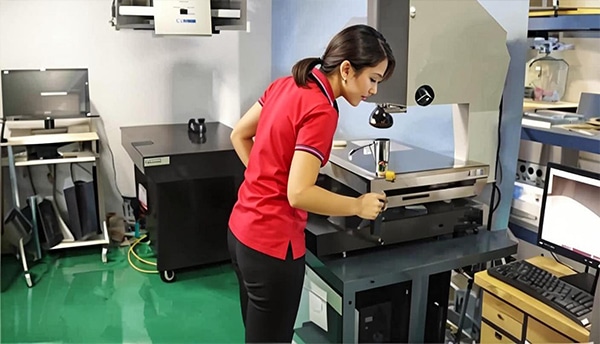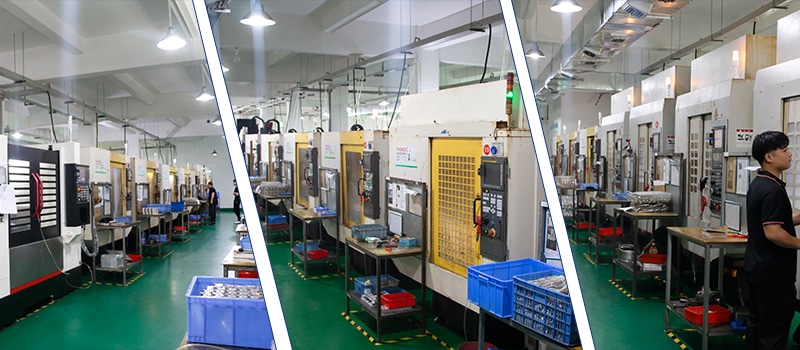Understanding Mirror Stainless Steel
Mirror stainless steel is a highly polished variant of stainless steel that possesses a reflective surface, akin to that of a mirror. This unique finish is achieved through a meticulous process that involves buffing and polishing, allowing for a level of shine that enhances both the aesthetic appeal and practical application of the material. Typically composed of iron, chromium, and nickel, mirror stainless steel benefits from the properties inherent in these metals, including corrosion resistance, strength, and durability.
The aesthetic qualities of mirror stainless steel make it particularly desirable in various industries, notably in architecture, interior design, and the automotive sector. In architectural applications, the reflective surface can enhance the visual appeal of buildings and interior spaces, creating a sense of openness and light. The striking appearance often contributes to a modern aesthetic that is favored in contemporary designs.
Functionally, mirror stainless steel offers significant advantages over other materials. Its resistance to corrosion ensures longevity, which is critical in environments where exposure to moisture or chemicals is a concern. This durability not only prolongs the lifespan of products but also reduces maintenance costs, making it a cost-effective choice for manufacturers. Moreover, its strength and ability to withstand wear and tear make it ideal for high-end applications that demand reliability, such as automotive components and luxury appliances.
Additionally, mirror stainless steel is highly versatile and can be easily manipulated through processes like CNC laser stamping and bending. This adaptability allows for custom designs that meet specific industry needs, further increasing its appeal. The combination of aesthetic and functional properties makes mirror stainless steel a sought-after material across various sectors, signifying its importance in modern manufacturing and design practices.
What is CNC Laser Stamping and Bending?
CNC (Computer Numerical Control) laser stamping and bending are advanced manufacturing processes that utilize computer-based systems for precision machining. CNC machinery operates through programmed commands, allowing for automated control of tools and machinery, which enhances production efficiency and consistency. In the realm of metal fabrication, these technologies are particularly significant, as they enable intricate designs and features to be reproduced with remarkable accuracy.
Laser stamping involves the use of high-powered lasers to cut shapes or patterns into sheet metal. The process is favored for its ability to achieve clean cuts and fine details without the need for secondary finishing processes. Additionally, laser stamping is highly efficient, accommodating a variety of materials including stainless steel, aluminum, and more. The adaptability of laser technology allows manufacturers to create complex geometries and detailed designs that meet specific customer requirements, all while maintaining tight tolerances.
Bending, on the other hand, is a process where sheet metal is manipulated into a desired angle or shape, typically using a press brake. CNC bending technology is crucial for producing parts with precise angles and dimensions. Much like laser stamping, CNC bending provides the benefits of repeatability and consistency; once a program is established, the same bending profile can be produced numerous times without deviation.
The integration of CNC technologies in manufacturing is a testament to the evolution of automation in the industry. Automation not only increases efficiency but also reduces human error, streamlining production processes. Together, CNC laser stamping and bending create a powerful combination that optimizes manufacturing capabilities, offering businesses enhanced reliability and flexibility in their product offerings.
Customization Services: Tailoring Your Stainless Steel Components
Customization plays a pivotal role in the production of stainless steel components, aligning products with the unique demands of various industries. Enterprises today operate in highly specialized sectors where precise specifications and tailored solutions are not just preferred, but essential. The ability to customize stainless steel components through processes such as CNC laser stamping and bending significantly enhances their utility and functionality.
When considering customization options, one can reflect on several key parameters, including size, shape, and finish. The size of components can be meticulously adjusted to fit specific machinery or applications, thereby minimizing waste and improving efficiency. For instance, a manufacturer of industrial equipment may require stainless steel brackets of different dimensions to accommodate newer machinery designs. Precision in these dimensions ensures seamless integration into existing systems.
Shaping is equally vital, as variations in design can alter both aesthetics and utility. Custom shapes can be made possible through advanced CNC laser stamping techniques, allowing manufacturers to create components that not only function optimally but also align with the overall design ethos of their products. For example, the automotive industry often requires uniquely shaped stainless steel parts that contribute to the vehicle’s structural integrity while also enhancing its visual appeal.
Moreover, the finish of stainless steel components, from polished surfaces to textured finishes, can be customized to meet specific standards or customer preferences. A healthcare manufacturer might require the use of smooth, easily sanitized surfaces for components in medical devices, while a construction firm may prefer a textured finish for better grip in architectural applications.
Real-world examples abound, emphasizing the impact of tailored solutions. Companies that have leveraged customized stainless steel components have reported improved product performance, greater customer satisfaction, and enhanced operational efficiencies. By adopting these customization services, businesses can ensure their stainless steel parts effectively serve their intended roles across various applications.
Applications of Mirror Stainless Steel in Various Industries
Mirror stainless steel has garnered considerable attention across multiple industries for its unique combination of durability, aesthetic appeal, and versatility. In construction, mirror stainless steel enhances the modern architectural landscape through its reflective surfaces, which contribute to a sleek, clean look in both interior and exterior designs. Facades of high-rise buildings often utilize this material to create striking visual effects that reflect their surroundings, thereby integrating architecture with the environment. Additionally, its corrosion resistance ensures longevity and minimizes maintenance needs, making it an economical choice for builders.
In the automotive industry, mirror stainless steel is embraced for various components, including trims, wheels, and exhaust systems. The reflective quality boosts the vehicle’s visual appeal, attracting consumers seeking stylish design elements. Furthermore, custom laser stamping allows manufacturers to produce intricate designs easily, enhancing personalization and brand recognition. The material’s strength and heat resistance further ensure that the components can withstand the rigors of daily use while maintaining their aesthetic integrity.
Furniture design also benefits from the use of mirror stainless steel, with numerous applications ranging from decorative elements in residential settings to functional components in commercial spaces. Designers utilize custom bending techniques to create unique shapes and forms, contributing to a contemporary look that appeals to modern consumers. Items such as tables, chairs, and shelving units made from this material not only provide structural reliability but also serve as statement pieces that elevate the overall ambiance of a space. The customization options afforded by laser stamping enable designers to incorporate detailed patterns and logos, emphasizing artistry and individuality.
In conclusion, mirror stainless steel’s integration across various industries highlights its functionality and visual impact. By leveraging custom laser stamping and bending services, businesses can explore innovative design solutions that meet both practical and aesthetic demands, reinforcing the material’s value in today’s competitive markets.
Choosing the Right Service Provider for CNC Laser Stamping and Bending
Selecting a reliable service provider for CNC laser stamping and bending is crucial for obtaining high-quality, customized products. It is imperative to start the selection process by evaluating the provider’s experience in the industry. A company that has been operational for several years is likely to have honed its techniques and built a reputation in delivering precision-engineered components. Thus, it’s beneficial to look for providers with extensive portfolios showcasing their previous work.
In addition to experience, technology capabilities play a pivotal role in determining the suitability of a service provider. A modern facility equipped with advanced CNC laser technology can produce superior results. Therefore, inquire about the specific machines and tools they utilize, as well as their ability to handle complex designs. The use of up-to-date technology can significantly enhance production efficiency and accuracy, essential for ensuring that the final product meets exact specifications.
Quality assurance processes are another critical factor to consider. A reputable service provider should have stringent quality control measures in place, ensuring that every component undergoes thorough inspection throughout the manufacturing process. Ask about their certifications and adherence to industry standards, as this can be a reliable indicator of their commitment to quality.
Customer support is equally important when choosing a CNC laser stamping and bending service provider. A dependable company should be willing to engage in active communication and provide guidance throughout the customization process. Effective communication allows customers to articulate their needs clearly, ensuring the manufacturer fully understands project requirements. Establishing a rapport and open dialogue will facilitate a smoother collaboration, ultimately leading to a successful outcome.
By considering these essential criteria—experience, technology capabilities, quality assurance, and customer support—you can reduce the risk of unforeseen complications and ensure that you select a competent service provider for your CNC laser stamping and bending needs.




